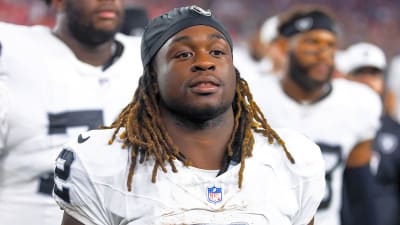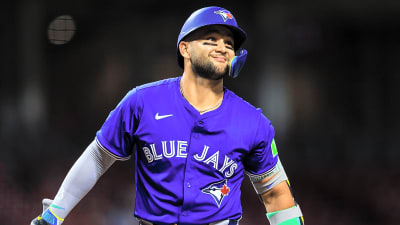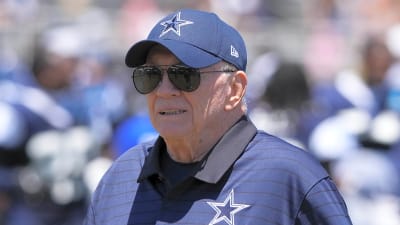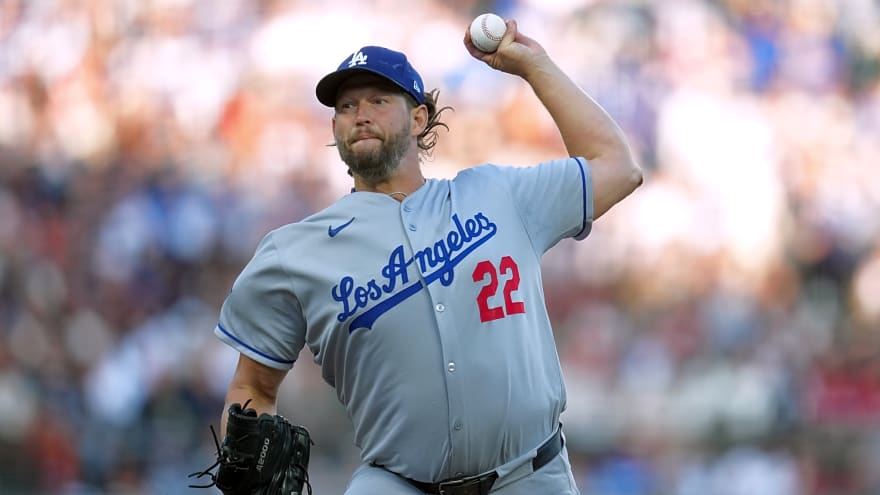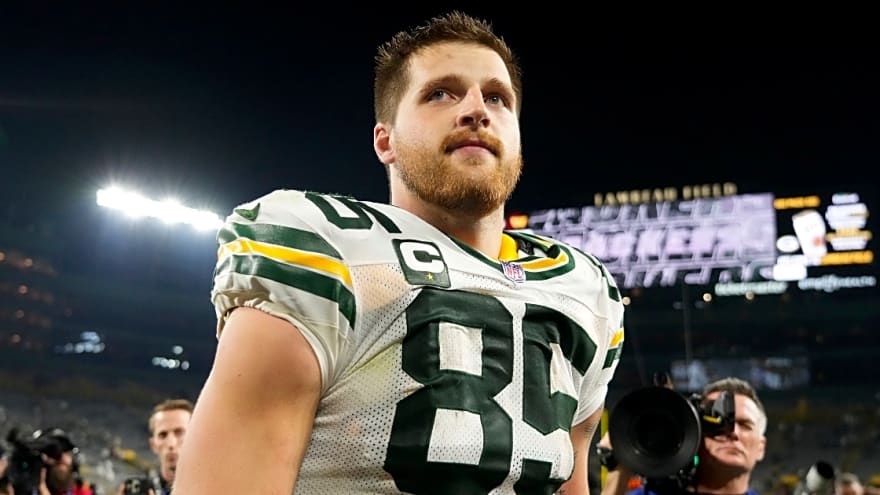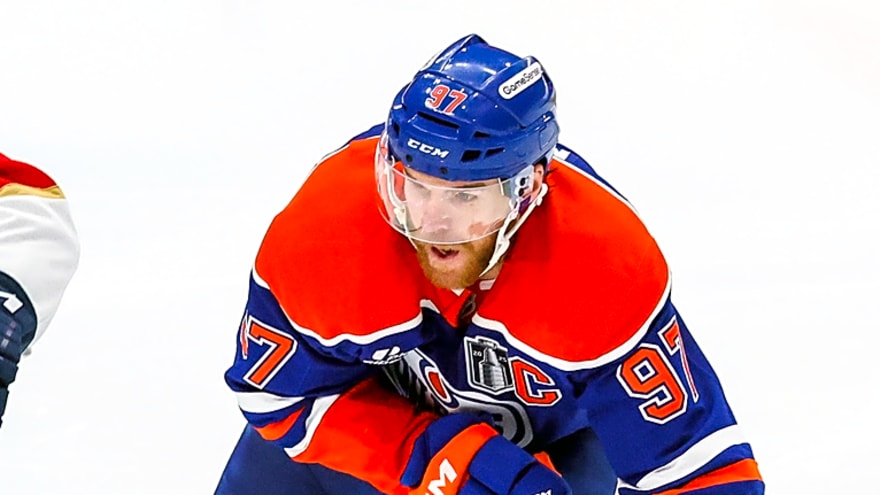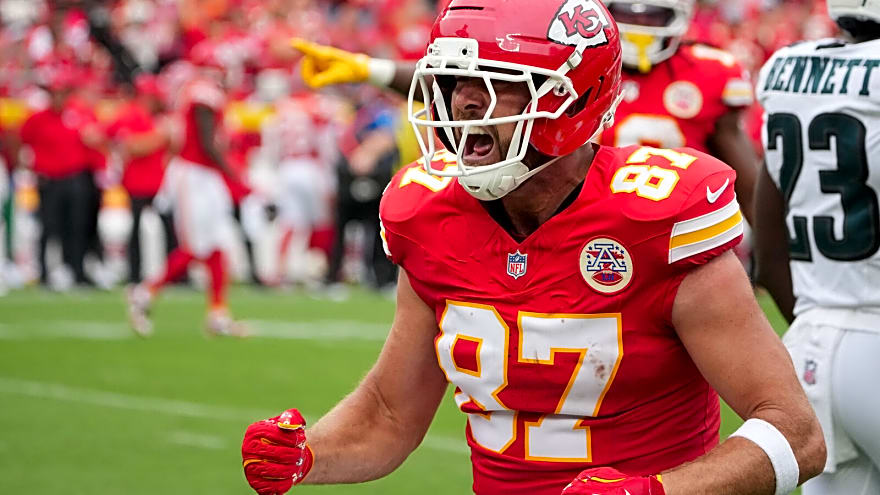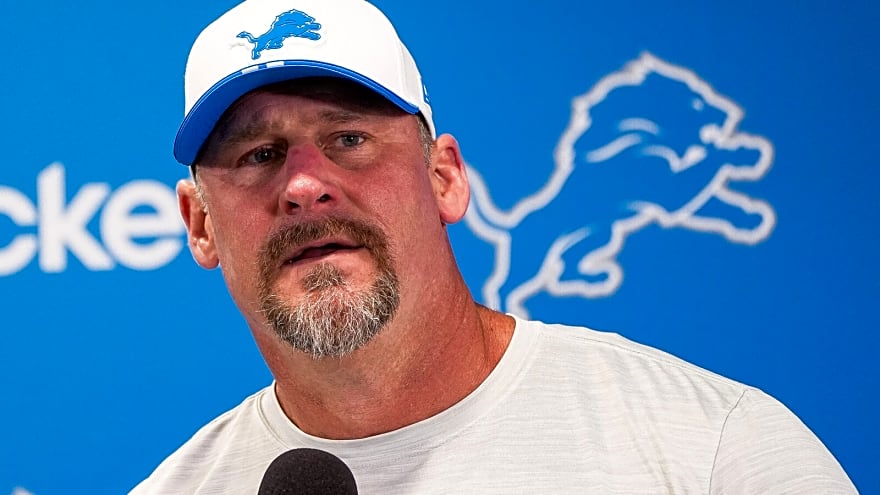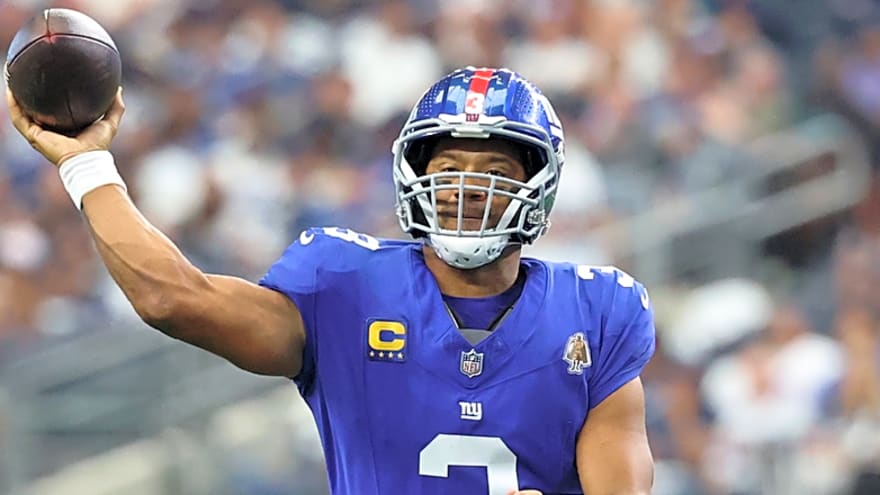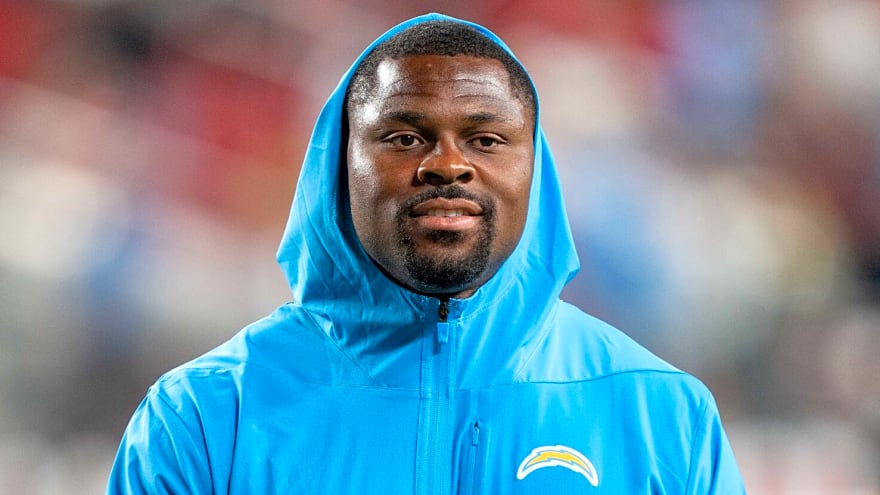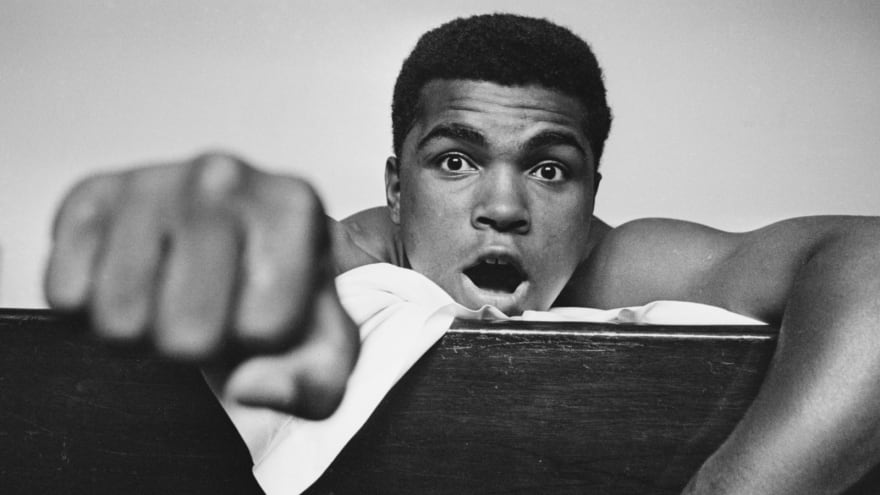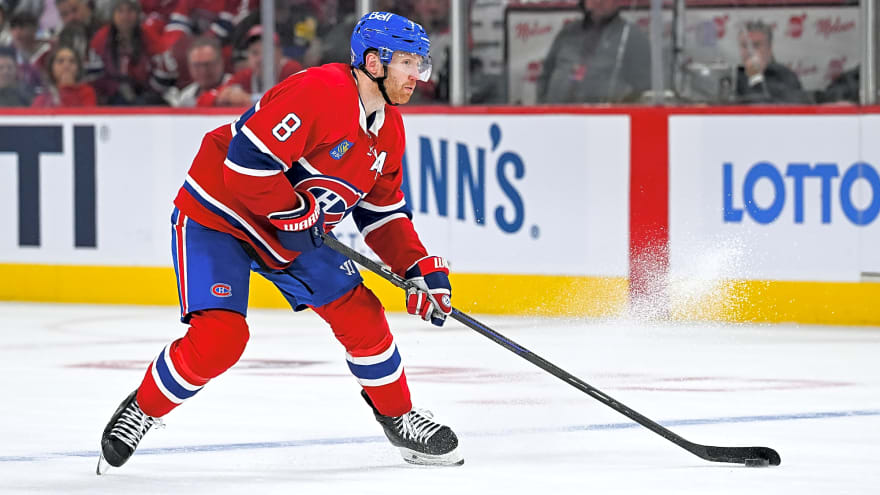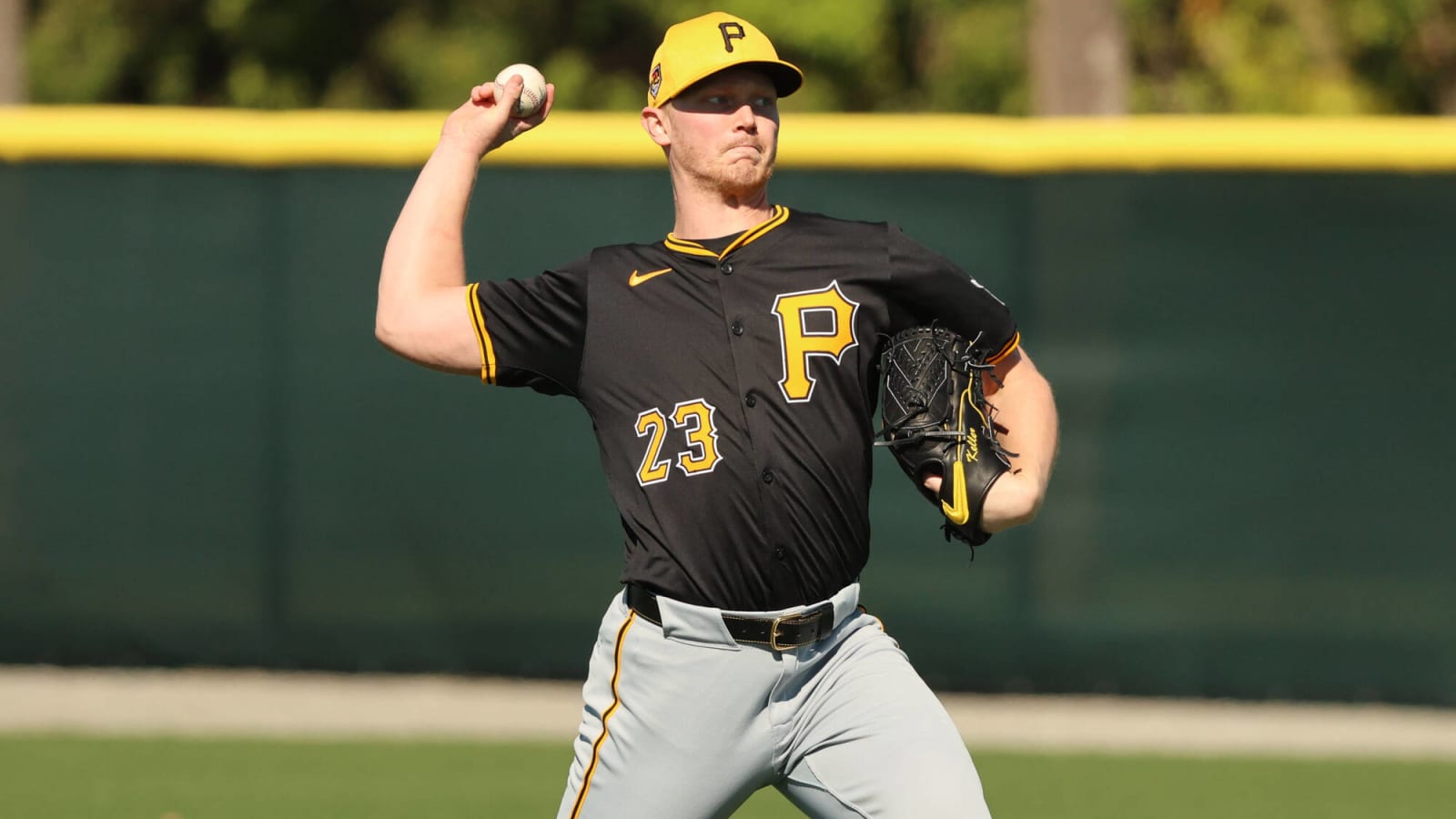
The Pirates and right-hander Mitch Keller are in agreement on a five-year contract extension, Jeff Passan and Kiley McDaniel of ESPN report. It’s a $77M guarantee for the 27-year-old righty, per Jason Mackey of the Pittsburgh Post-Gazette.
Kevin Gorman of the Pittsburgh Tribune-Review reports that the new contract includes the 2024 campaign and runs through 2028. Keller had previously been slated to reach free agency following the 2025 campaign.
Keller had already agreed to a one-year, $5.4425M deal for the upcoming season, avoiding an arbitration hearing in the process. Assuming this new contract now overwrites that deal, he’ll be guaranteed four years and $71.5575M in new money. That aligns closely with the four-year, $73.5M extension between the Twins and Pablo Lopez a year ago. Lopez, like Keller now, had between four and five years of big-league service at the time of the agreement.
A 2014 second-round pick and longtime top prospect, Keller has taken major steps forward over the past two seasons, pitching to a combined 4.08 ERA in 353 1/3 innings. That solid but unspectacular ERA masks some more promising underlying trends. Keller’s 2022 season took off when he added a sinker to his arsenal in mid-May, helping to take some pressure off what had been a rather hittable four-seam fastball. He was dominant for the first two-thirds of the 2023 season before stumbling with a handful of meltdown starts over the final couple of months as he pitched to a new career-high workload (194 1/3 frames).
That ugly start in 2022 and similarly rocky finish in 2023 bookend a stretch of 41 starts that underscore the upside the Pirates are chasing with this signing. At his best from 2022-23, Keller rattled off a stretch of 240 1/3 innings of 3.25 ERA ball, fanning 23.5 percent of his opponents against a sharp 7.9 percent walk rate and strong 48.4 percent ground-ball rate. And even with the tough finish to his 2023 campaign, Keller ended the year with career-best marks in strikeout rate (25.5 percent), walk rate (6.7 percent), average exit velocity (87.7 mph) and hard-hit rate (35.6 percent). There are plenty of arrows pointing up with regard to the 6-foot-2, 220-pound righty, and the Bucs surely view him as someone capable of that low-3.00s ERA who can team with 2023 No. 1 overall pick Paul Skenes to anchor the rotation moving forward.
Skenes figures to debut this summer, and the Keller extension gives the organization a chance at a dynamic one-two punch atop the staff for the foreseeable future. For the 2024 season, the Bucs’ rotation will also include veterans Martin Perez and Marco Gonzales, though neither lefty is guaranteed anything beyond the current campaign. (Gonzales has a $15M club option with no buyout.)
The Pirates’ ability to either develop or acquire sufficient rotation help beyond the 2024 season will be critical to their chances of reversing a nearly decade-long run of losing baseball at PNC Park. Prospects like Quinn Priester, Kyle Nicolas, Jackson Wolf, Jared Jones, Anthony Solometo and Bubba Chandler give the Pirates a solid stock of promising young arms alongside Skenes. Each of Skenes, Jones and Chandler has garnered some top-100 fanfare this season (as Priester has in the past).
Of course, the Pirates’ history of developing starting pitching has been suspect, at best. Much of the struggles came under the now-former front office regime, but we’ve seen touted talents like Gerrit Cole, Tyler Glasnow, Jameson Taillon and Joe Musgrove all struggle to reach their ceilings with the Bucs before being traded. Cole, Glasnow and Musgrove, in particular, broke out with their new clubs. Even Keller took a long road to reach the form that led to today’s five-year agreement. It’ll be imperative for the Pirates that they improve their development of young pitchers and/or find help outside the organization. Notably, they’ve been in constant contact with the Marlins about Miami’s bevy of young pitchers and have explored other trade possibilities as well.
Keller joins outfielder Bryan Reynolds and third baseman Ke’Bryan Hayes as core pieces the Pirates have signed to long-term deals over the past few years. It’s a breath of fresh air for Bucs fans who’d grown accustomed to seeing their best players traded as their arbitration prices escalated. The long-term deals signed by each player don’t necessarily preclude eventual trades — as evidenced by Andrew McCutchen — but it’s nevertheless an encouraging trend for Pittsburgh fans to see a trio of extensions that each top $70M in guaranteed money, considering their $60M extension with Jason Kendall back in 2000 stood as the richest in franchise history for upwards of two decades.
Each of Keller, Reynolds and Hayes are now signed through at least the 2028 season — the same year that the team’s control windows over shortstop Oneil Cruz and outfielder Jack Suwinski extend. That quintet, paired with Skenes and catchers Henry Davis and Endy Rodriguez, could form the nucleus of the Pirates’ next contending club. Reynolds’ seven-year, $100M extension and Hayes’ eight-year, $70M pact are both generally affordable, even by the Pirates’ modest standards, which should give the Bucs flexibility to supplement that core in other ways.
It’s unlikely the Pirates ever dive into the deep end of the free-agent market. But if owner Bob Nutting ever decides he’s finally comfortable spending in even the second tiers of the open market — Francisco Liriano’s three-year, $39M contract is the largest free agent signing in Pirates history — the Pirates would have the chance to complement their growing foundation with some meaningful talent and break away from their lengthy run in the NL Central cellar.
More must-reads:
- Top Notes From the Pittsburgh Pirates ZiPS Projections for 2024
- ‘Skenesmas’ is Almost Here for Shelton, Pirates
- The 'MLB-first, all-minority lineup' quiz
Breaking News
Trending News
Customize Your Newsletter
 +
+
Get the latest news and rumors, customized to your favorite sports and teams. Emailed daily. Always free!
TODAY'S BEST
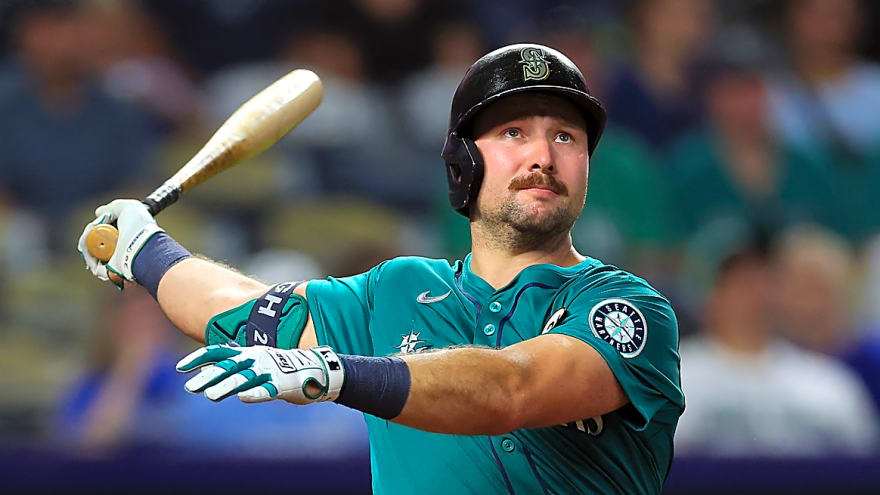
The 'Switch-hitter single-season HR leaders' quiz
Regardless of what happens in October, the summer of 2025 will be remembered as the summer of Cal Raleigh. Raleigh has smashed record after record this season, starting in August when he became the first catcher to hit 50 home runs in one season. On Tuesday – in his MLB-leading 10th multi-home run game of the season – he passed Mickey Mantle for the most home runs by a switch-hitter in a season with his 55th before tying Ken Griffey Jr. for the most home runs by a Mariner on his 56th against the Kansas City Royals. The most recent homers also came in a 12-5 win that marked 10-straight for the surging Mariners, who have finally overtaken the Houston Astros for first place in the American League West. Which brings us to today’s quiz. A major league switch-hitter has hit at least 35 home runs on 35 occasions in MLB history. How many of the switch-hitters to reach that milestone can you name in five minutes? Good luck! Did you like this quiz? Are there any quizzes you’d like to see us make in the future? Let us know your thoughts at quizzes@yardbarker.com, and make sure to subscribe to our Quiz of the Day Newsletter for daily quizzes sent right to your email!

Kyle Shanahan has surprising Brock Purdy update — 49ers are confident in QB situation regardless
Brock Purdy missed the San Francisco 49ers' Week 2 win over the New Orleans Saints with a toe and left shoulder injury he suffered in Week 1. At the time, there was a chance that the injury could keep the quarterback out multiple weeks, but now head coach Kyle Shanahan has provided what seems to be a positive update for this weekend's game against the Arizona Cardinals. Kyle Shanahan provides key update on Brock Purdy "He wasn't limited last week," Shanahan said. "He does have a chance [to play]," Shanahan said on Wednesday, according to Nick Wagoner of ESPN. According to Wagoner's reporting, of the two injuries, the toe issue seems to be more significant, and it was considered the main reason Purdy didn't play in Week 2. It's similar to turf toe. He was in the 49ers' locker room after that game, though, and he told reporters that his status for the Week 3 game was, "we'll see." Connect those dots and it sounds like, at the very least, Purdy feels hopeful about his chances. If he's not fully back and able to go, he could also at least suit up and act as a backup for Mac Jones. San Francisco 49ers confident in Brock Purdy's backup If Purdy is out for the second straight week, Jones proved against the Saints that he can lead this team to a victory. The former first-round pick of the New England Patriots completed 26 of 39 passes against New Orleans for 279 yards and three touchdowns. On Monday, running back Christian McCaffrey was among the players in the locker room who expressed confidence in Jones. "In this league, whether or not you're a starter or a backup, you got to be ready to go at any point," McCaffrey said, per Wagoner. "In the NFL, you just never know. It's such a talented league and so many great players on the field. And Mac obviously is somebody who's proven himself already, but to have him as our backup is huge." Out of Alabama, Jones was selected with pick No. 15 in the 2021 NFL Draft as the "heir apparent" to Tom Brady in the final years of the Bill Belichick era in New England. He flashed talent but was never able to be consistent. He also had incredibly big shoes to fill, so a case could be made that he was doomed to fail from the very start of his NFL career. Jones started 42 games for the Patriots over three seasons, and he threw for 8,918 yards and 46 touchdowns compared to 36 interceptions. He's on a two-year, $8.4 million deal with the 49ers after spending the 2024 season with the Jacksonville Jaguars.

Marvin Harrison Jr. brushes off potential Cardinals controversy
Second-year Arizona Cardinals wide receiver Marvin Harrison Jr. added some muscle weight during the offseason in an attempt to improve after he experienced an up-and-down rookie campaign. However, eyebrows were raised when he recorded just two receptions on five targets for 27 yards in Arizona's 27-22 win over the Carolina Panthers this past Sunday. While speaking with reporters on Wednesday, Harrison poured cold water over the idea that he cares more about his stats than about the fact that the Cardinals opened the season with back-to-back wins. Marvin Harrison Jr. brushes off "silly conversation" "That’s a silly conversation, really," Harrison responded when asked about the number of passes thrown his way across the season's first two weeks, per Tyler Drake of Arizona Sports. "We’re 2-0. That’s the most important thing. We’ve got a big game this week, so that’s really my only focus. Anybody that’s a competitor loves the game, loves what they do. Everybody wants the ball. They want to impact the game. But most importantly, it’s all about winning." Many expected Harrison would take a major leap this season after the fourth overall pick of the 2024 NFL Draft finished his debut pro campaign with 62 receptions for 885 yards and eight touchdowns. Thus far, that hasn't happened. In the Cardinals' 20-13 Week 1 win over the New Orleans Saints on Sept. 7, he caught five of six targets for 71 yards and a score. ESPN stats show that second-year New York Giants star Malik Nabers tallied a league-high 25 targets over the first two weeks of the ongoing season. To compare, Harrison enters Week 3 with seven receptions on 11 targets for 98 yards and one touchdown. Marvin Harrison Jr. insists he's happy despite lack of targets "It’s always frustrating when you may not get the impact that you kind of want in the game, especially when you put in so much work," Harrison acknowledged. "I know my process throughout the week and all the work that I put in throughout all season and leading up to the game. When you don’t get the results that you want to impact the game, that kind of is frustrating. But at the end of the day, you’re very happy that we’re 2-0 sitting here and got a victory." Earlier in the week, Cardinals quarterback Kyler Murray warned that his team must be better about finishing games after Arizona flirted with snatching defeat from the jaws of victory on two occasions. Perhaps part of that process will involve Murray targeting Harrison early and often during this coming Sunday's game at the 2-0 San Francisco 49ers.

6 extended takeaways from Day 1 of Maple Leafs training camp
TORONTO — The on-ice component of training camp is underway as the Toronto Maple Leafs took the ice at the Ford Performance Centre on Thursday, with new line combinations taking shape. Matias Maccelli received the first look with Auston Matthews and Matthew Knies during the Group 1 session, and he may be the favourite to start the year on this line. William Nylander and John Tavares were paired together in Group 2 alongside Bobby McMann, and it’s clear that Craig Berube will be experimenting throughout training camp, in a search for his optimal combinations. “I think more than anything, we want to have a good first day. It’s a tough day,” Berube said. “It’s a lot of battling. It’s intense. Players, they could go and make it as intense as they want, but I thought it was really intense, which is what we want.” Here’s what you need to know from the first day of Maple Leafs’ training camp: It’s too early to be worried about Auston Matthews Auston Matthews said he’s fully confident about his health during Wednesday’s media availability, and Thursday provided a first opportunity to get a look at how the Maple Leafs’ captain is feeling. Matthews submitted a mixed performance during Thursday’s practice, with the extremely obvious caveat that it’s the first day of practice, and it’s too early to be genuinely concerned. Matthews’ puck skills remain otherworldly and during a sequence early in practice, he dangled Noah Chadwick rather easily to get to the net. In another sequence, Matthews beat Philippe Myers to the puck in the corner and fished it out for Matthew Knies in front of the net. He used his frame throughout the session to shield off defenders, win back pucks and instruct his teammates on where he wanted them to go in the offensive zone. And again, with the caveat that it’s way too early to be concerned: Matthews didn’t have the usual velocity on his shot throughout the majority of the session and Morgan Rielly won the majority of 1-on-1 battles against him. Matthews skates and fought through contact with his usual force, but we’ll be keeping our eyes and ears out to see if he gains the same velocity he had during his 69-goal campaign in 2023-24. There’s also a clear example of Matthews ripping the puck with his usual force early in the session, so it may just be a matter of Toronto’s captain rounding into form during the preseason. Berube didn’t seem remotely concerned and raved about Matthews’ leadership after Group 1 finished their session. “I thought he grew quickly as a leader. You guys don’t see it, the in-game things, in the room where he’s commanding,” Berube said of Matthews. “He’s not the only guy. We have a lot of strong leaders who don’t have to wear an A or a C.” Matias Maccelli gets first look on Toronto’s first line, but this could change when Max Domi returns Matias Maccelli was eager to prove himself on Toronto’s first line throughout practice and for now he’s getting the first look, although this could change when Max Domi returns from a lower-body injury. “ Just doing my best with the puck, without the puck, working hard,” Maccelli said, about what he’s focusing on when playing with Knies and Matthews. “ With the puck, trying to make plays, trying to play the same way they do. As we get going with the games, they’ll tell me what they expect and what they want, and then I’ll do the same thing.” Berube addressed reporters and he admitted that he initially planned to place Domi on the first line with Knies and Matthews. “Max went down. He was obviously a guy that I was going to put there. But Max should be back pretty quick, and then we’ll go from there,” Berube said. “I mean, it’s one day. (Maccelli is) in the process of just kind of feeling things out. And you get thrown on the line with Matthews and Knies, I mean, it’s a big step. He’s a guy that can make plays, we know that. “So that’s going to be a big part of it all if he’s making the right plays and the right decisions with the puck. Is he getting Matthews the puck enough for some opportunities and things like that? And then it’s just about him playing 200 feet, too. That line’s going to play against good lines, so he needs to be solid defensively, too.” Maccelli said he’s equally comfortable playing on either wing, but it may be a work in progress. He seemed to be a half-step behind Knies and Matthews in rushes, and when Domi is healthy again, it appears that Berube wants to try this combination out for opening night against the Montreal Canadiens. During camp, Maccelli will get a first look with Matthews and Knies, and it will be a combination that Berube will surely test out throughout camp, but the 24-year-old winger will need to earn his head coach’s trust before he’s affixed to Toronto’s top line. “It’s always weird to come to a new team when you don’t know anyone,” Maccelli said. “ I’ve only been in one spot and knew all the people there, so it’s different. But everybody’s been super welcoming and nice. So it’s been an easy adjustment.” Calle Jarnkrok stood out during Group 1 practice session, may be back to 2023-24 form Calle Jarnkrok was in excellent form during the first practice session and while we’re not pencilling him into the opening night lineup just yet, it’s an encouraging sign from the 34-year-old. Jarnkrok was paired alongside David Kampf and Michael Pezzetta and was the clear standout on the line, ripping his slot with the velocity we’re used to seeing. He roofed the puck past Dennis Hildeby twice off rush drills and wasn’t hesitant to win back pucks in battle drills. The veteran forward underwent groin and sports hernia surgery after suffering an injury during last year’s training camp and only returned to the lineup in March, where he registered a goal and seven points in 19 games, before adding one assist in 12 playoff games, primarily operating in a fourth-line role. Jarnkrok could very well be watching from the press box on opening night, but Thursday was a great start towards cementing his spot to begin the year. Anthony Stolarz wants to get deal done before the season Toronto Maple Leafs goaltender Anthony Stolarz wants to be with the team for the foreseeable future and there’s a sense of urgency regarding his next contract. Maple Leafs general manager Brad Treliving hinted Wednesday that a new extension could be imminent, and Stolarz wants to get the deal done before the year begins. “Our ultimate goal is to win the Stanley Cup, so once the season starts, that’s all I want to focus on,” Stolarz said. “I’ll let my agent and Treliving talk that out and hopefully we can get something done here soon.” Stolarz recently appeared on Leafs Morning Take with Nick Alberga and Jay Rosehill, where he outlined what he wants from his next contact, and how he’s fully recovered from a season-ending concussion. Easton Cowan improves throughout practice, builds partnership with Dakota Joshua, Nicolas Roy Easton Cowan will be afforded every chance to make the roster and he improved as Thursday’s afternoon practice session went on. Cowan was paired with Dakota Joshua in 2-on-2 drills, where Joshua emerged as one of the best players overall through both practices. During controlled 3-on-2 rushes, Cowan was on the right wing, Joshua was on the left wing, with Nicolas Roy playing through centre, and it was a compelling trio that won puck battles and communicated well. It’s the first day of camp and nothing is finalized, but Cowan could find himself with a real chance of unseating the incumbents with a stellar camp. During battle drills, Cowan worked relentlessly, especially during a session against former London Knights teammate Landon Sim. It will be curious to see where Cowan slots into the lineup, when Max Domi returns to the lineup, but he’s firmly in the mix for a top-nine role and like Joshua, was among the best players from the opening day of camp. This line may get some extended looks together during Sunday’s preseason opener against the Ottawa Senators, and all three players are eager to make a strong first impression. Chris Tanev was among the several Leafs who complimented Roy’s ‘extremely underrated’ game, as he moves very well for a player his size, getting to the high-danger areas with relative ease. Joshua was dominant against several younger camp invitees, using his speed, size and hockey intelligence to great effect throughout the day. We can’t wait to see this line in action. John Tavares and William Nylander were the best players Thursday, Bobby McMann joins the line John Tavares and William Nylander were the best overall players from Thursday’s practice sessions, with Chris Tanev and Morgan Rielly earning honourable mentions. These designations are built from what we observed in controlled drills, so it’s worth putting into perspective, but Tavares and Nylander were making high-end plays with ease, and Bobby McMann joined the group, with Berube watching closely. “I think Bobby can take another step in his game,” Berube said. “You know, doing some things a little bit differently. Especially playing with those two guys [Tavares and Nylander], getting those guys the puck more, getting to the net more. I like a big guy with those two guys, to forecheck, get in there and create loose pucks, help out JT in those situations. Willy’s gonna do his thing, we all know that. But Bobby, I feel, can take another step in his game.” McMann-Tavares-Nylander played 158:09 at 5-on-5 with a plus-six goal differential and a 60.4 percent share of the expected goals last season via Natural Stat Trick. There is some proof of concept that this line could work, but McMann simply cannot go 24 games without a goal like he did to conclude the 2024-25 season. “He was basically just saying we want a certain identity. We want to play hard. Don’t take any shifts off, don’t take any seconds off, pushing each other all the way through,” McMann said. “It started from the first drill. You’re chasing the guy down all the way through. You’re playing one-on-ones, two-on-twos. It’s just not giving up an inch.” McMann’s elite straight-line speed and ability to get to the high-danger areas certainly compliment Tavares and Nylander’s skill sets, but there will be some experimentation on the top line, and the challenge has been set for the 28-year-old with several players vying for a chance in the Maple Leafs’ reshuffled top-six.
